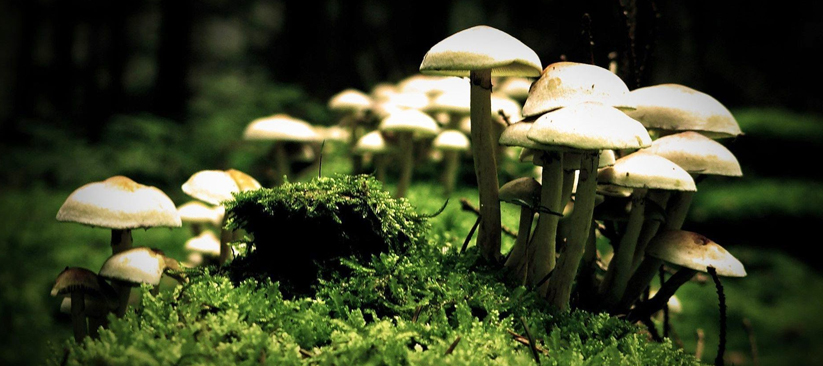How To Start a Mushroom Farming Business? – Small Business Consulting
Art of Mushroom Farming
Mushrooms are famous world over. These luscious fungi make for some delectable treats. So if you are considering mushroom farming as a business option, read on…
First of all, you need to understand that mushroom farming is an art. These fungi need topmost care and there are several steps to caring for a mushroom. These fungi can be really delicate and needs proper handling. There are six steps to mushroom farming, from composting to pasteurizing the compost, to spawning, to casing to pinning to cropping. After a Mushroom spore has gone through all these stages, it is ready for harvesting.
Mushroom Farming – Must to Do
Before you venture out to be a mushroom farmer, it is good to talk to a fellow mushroom farmer in order to know the pros and cons.
Sit down and write an exhaustive business plan. Think of how and where you will get your machinery for mushroom composting, spawning and production. Tie up with farmers and vendors. The space where you will farm your mushrooms is the most important factor. Mushroom farming requires special control rooms. After you have done all this, getting the proper license and permits is the way to go. Consider where you are going to get your investment from.
How to Start Mushroom Farming?
For composting, you will need a separate room, in which you mix your composts. The least expensive options are horse manure which is mixed with other compost ingredients (water, nitrogen, straw etc.) which makes it ideal for the mushroom to grow. After the compost is mixed in a compost turner; a tractor loader to move the compost is needed (similar to the one in which cement is turned.)
The fermentation of the compost results in food for the mushroom, which eliminates other pests and unwanted fungi. Pasteurization of the compost is important as it removes any insects and pests. The growth of microorganisms in the compost is important for the mushrooms to grow.
The next step is finishing the compost, which involves pasteurization of the compost and removal of any excess ammonia. High ammonia content serves to destroy the mushrooms. So it is very important to balance the percentage of ammonia present in the compost.
The compost is packed into wooden trays and is moved to special room where they are stacked. The temperature of the room is brought to a high through spraying stem. After this, the temperature is brought down by airing the room, which allows the compost to cool gradually and bring the ammonia level to a minimum.
Growth of Mushroom
The next step includes the introduction of mushroom spawn, or in layman terms, mushroom seeds. But mushrooms don’t create seeds; they grow from spores unlike other plants. The cap of a mushroom produces several microscopic spores which makes it difficult for humans to handle it. One can obtain spawn from the farmer’s market, or you can produce your own spawn. Once the spawn is mixed with the compost using a spawning machine, the next stage of production is called for.
The next stage, casing, is a top coat applied to the spawn compost, from which the mushrooms will eventually grow. This coating is required for the rizhomorphs to grow. The mushroom pins will grow on the rizhomorphs, so without these, mushrooms will not grow. The main aim of casing is to hold water, since moisture is essential for the growth if mushrooms.
The next stage, pinning is when the mushroom pins from after the rizhomorphs have developed. Pins continue to expand and quadruple in size until the button finally enlarges into a mushroom.
Mushroom Harvesting
The next step is cropping. A point to be added here; mushrooms don’t require sunlight to grow. Mushrooms are then harvested, packed in “breathable” plastic covers and stored in refrigerators to lengthen its life. They are then quickly exported or sold off at the farmers market.
By this time, you must have realized that mushroom framing requires tremendous amount of care in order to avoid crop failure and avoid losses. After the mushrooms have been harvested, which can take 7 – 10 days, the growing room is pasteurized in order to make it ready for the cultivation of the next crop of mushrooms.
How to Market?
Due to heavy demand for Mushrooms across globe it is always easy to market mushroom than any other farming products. It is always good to tie up with distributors at initial stage ,this will help you to concentrate more on farm building activities. Or you can speak to the top retail stores in your place and can supply to them directly.
Happy Farming!
Contact our Business consultants for more about How To Start a Mushroom Farming Business.














I’m thankful for the blog article.Much thanks again. Much obliged.
Thanks for the post.Thanks Again. Great.
Thanks for your article post. Awesome.
Thanks again for the blog article.Much thanks again. Cool.
Greetings from Ourbusinessladder!
Thanks for your comment.